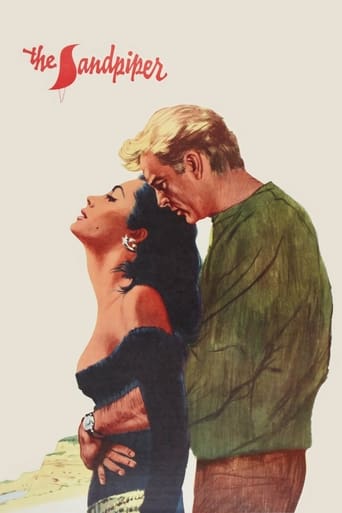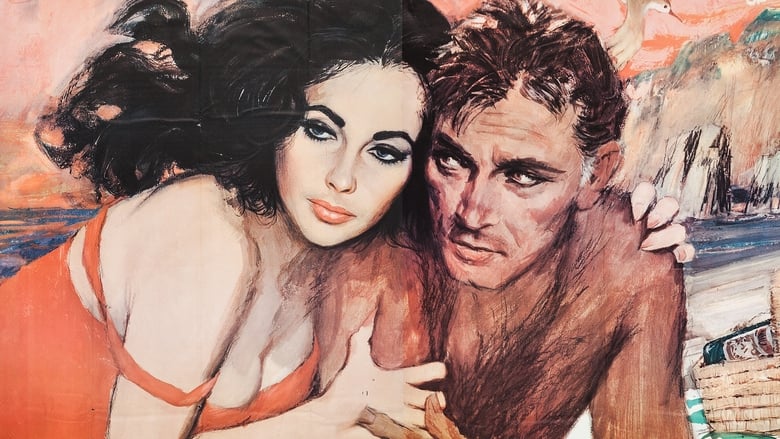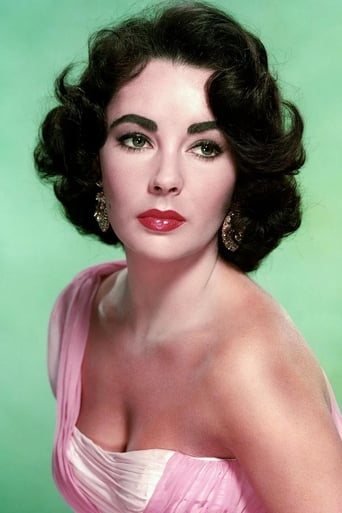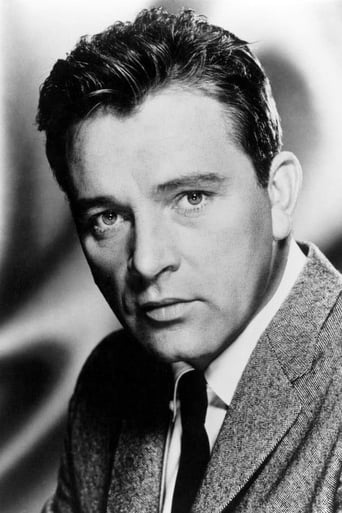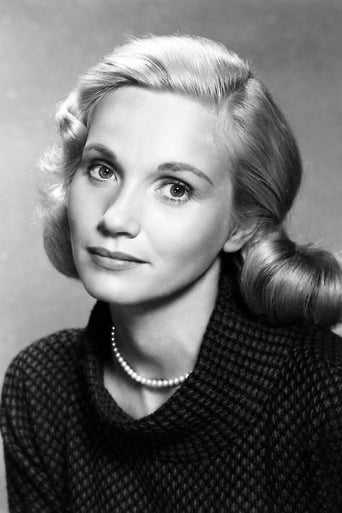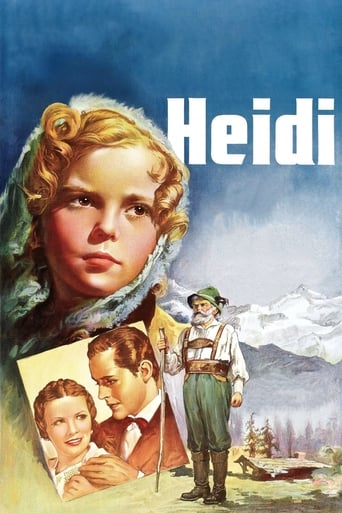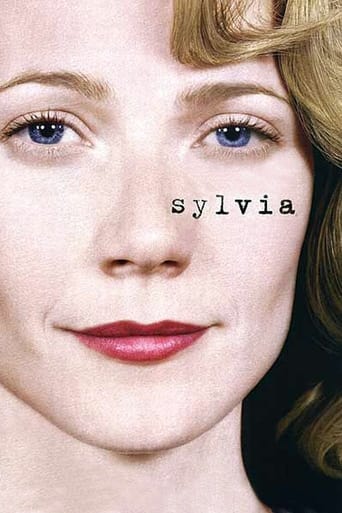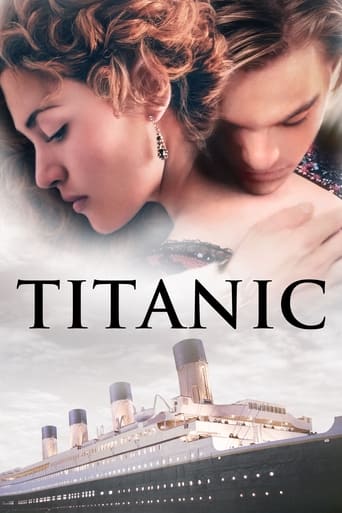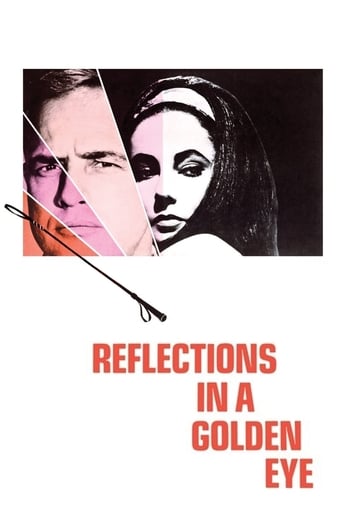The Sandpiper (1965)
A free-spirited single mother forms a connection with the wedded headmaster of an Episcopalian boarding school in Monterey, California.
Watch Trailer
Cast


Similar titles
Reviews
I don't care what this movie is about - I just want to watch the Big Sur beaches, that bouquet in Elizabeth Taylor's beach house and Burton and Taylor exchanging silly lines that seem like out of the Women's Studies textbooks. They say everything that adulterers long to hear when they want to feel better about themselves. Elizabeth looks silly in her hippie clothes, but I like the pastel colors. Charles Bronson is miscast as one of Taylor's bohemian friends. And he can't sculpt. Eva Marie Saint plays Burton's elegant wife whom he dumps when the goddess of nature appears one day in his office wearing a violet blouse without a bra and we can just enjoy the two most vulgar and most talented actors of their generation being scandalous on beautiful locations for the rest of the film.
I recommend this film for one huge reason--the location. Although not terribly far from Hollywood, I am very surprised that more films have not been set around Big Sur and Point Lobos (just south of Carmel and Monterey, California), as it's one of the most beautiful places on Earth. See this location in person if you can--I just did and was captivated by its beauty and the film just brought back memories of the place. But,...back to the film itself! "The Sandpiper" begins with a VERY free-spirited mother (Elizabeth Taylor) being hauled into family court because her young son has had another brush with the law. The problems are not serious but the judge is shocked that Taylor is so unrepentant in the way she raises the kid. She's an atheist, is extremely permissive and home schools the boy with her own blend of unusual teaching. Nowadays or even in the late 60s, this sort of child raising wouldn't have gotten much notice (particularly in California)--but here in 1965 it's a bit scandalous--especially since Taylor's character never married nor does she care about legitimizing the boy. Because of this and the child's actions, he is sent to live at a nearby residential school run by the church. Taylor thinks that the Episcopal priest running the place (Richard Burton) is shocked by all this and immediately dislikes him, but he seems rather patient and caring. However, through the course of the film, the two begin to see each other more and more and it's apparent that soon the two will be hitting the sheets together--even though he's married (to a woman, not just God). What's to come of these two? See the film if you'd like.Apart from the great location shooting, the film is a mixed bag. Some would clearly be offended by its irreverent plot, others bored (as it's VERY talky at times and the dialog becomes awful at about 80 minutes into the film) and others would love it. Those who like really salacious soaps of the era (such as "Peyton Place" and the like) will probably adore the film--as it is filled with fiery content (not just the affair but an attempted rape) and a good looking couple (well, at least Liz). And, in many ways, these same folks often felt like they were peering into the real life relationship between this couple. As for me, I loved the scenery and laughed at the love story. It seemed contrived and you wondered just how any priest could be that stupid. Plus, the dialog between Liz and Dick on the beach was pretty laughable as was the fight at the 106 minute mark and Dick's sermon towards the end. I see the film as a guilty pleasure you see once...and only once. Then, afterwords, to make penance for this, you should watch a really GOOD film! By the way, despite the name, San Simeon School is supposed to be in nearby Monterey (just north of Big Sur) and has no relation to the Hearst mansion (San Simeon) a couple hours south. Also, I was impressed by a supporting role by James Edwards. For a black actor, it was a great role--a non-black and non-stereotypical role. For its era, it was ahead of its time.
Elizabeth Taylor and Richard Burton star in "The Sandpiper," a 1965 film also starring Morgan Mason (James Mason's son) and Eva Marie Saint, Charles Bronson, and Robert Webber.Taylor plays Laura Reynolds, a free-thinking single mother living and painting in Big Sur with her young son (Mason). Her son gets into trouble, not for the first time, and this time, the judge orders him to San Simeon School, headed up by an Episcopalian priest, Edward Hewitt(Burton) and his wife (Saint). From the first, Edward is struck by Laura's beauty and finds himself at her house more often than necessary. Laura has a man, Cos (Bronson), around her who is doing a nude sculpture of her, and Edward finds out about that, and that someone he knows (Webber) has a past with Laura. Edward and Laura fall deeply in love, and it presents problems.The sandpiper in the title refers to Laura's rescuing of a wounded sandpiper and caring for it until it is able to fly free - freedom is a strong theme in the film, freeing oneself of the bonds of religion, marriage, rules, and what people think."The Sandpiper" is directed by Vincente Minnelli, but it's really not up to his usual standards, except for the glorious Big Sur scenery. Of course he usually worked with better scripts than this one. The film is responsible for the huge hit, "The Shadow of Your Smile." Seeing Taylor and Burton together is always fun, knowing how much in love they were, and they have good chemistry here. Taylor, her hair down, is beautiful and tanned -- she was 33 at the time of filming -- though she's not totally convincing as a hippie type. For one thing, her clothes are too beautiful. She is, however, convincing as a woman in love. Burton, with that incredible voice, is good in his role, but for the most part, Burton was wasted in the movies. Having grown up so poor, he liked the money he made from film and never minded if the script wasn't equal to his great abilities.This movie isn't fun like "The VIPs" or trashy like "Boom!" or excellent like "Who's Afraid of Virginia Woolf?" It's just a Taylor-Burton vehicle. For some of us, that's enough.
I had almost abandoned hope when I read TV guide's review. A straight-laced Episcopelian priest who is headmaster of a boy's school on the California coast (Burton) has a fling with a free-spirited artist (Taylor). The combination of Burton and Taylor alone was enough to scare anybody. "Divorce His, Divorce Hers"? They were having a gay old time of it in the 60s but the viewers were like the only sober guests at the party. Stated flatly, the story itself sounds like a Harlequin romance. But it's not that bad. It has a couple of good things going for it, despite the formulaic plot.For one thing, the location shooting in and around Big Sur is truly impressive. It was in these southernmost redwood forests that Jack Kerouac had his first case of DTs, but if you're going to have DTs this is the place to have them. Interiors were filmed elsewhere and the set dressers flung themselves into their task recklessly. Taylor's beach house looks like a Hollywood hallucination. Towards the end, Taylor talks to her son about how -- now that her paintings are beginning to sell -- they might soon be able to afford to move out of it, this weathered-wood and crystal-glass palace by the sea. Yes, what a dump. I couldn't afford the insurance on the place and neither could you. For another thing, there is the catchy theme song by Johnny Mandel, a talented composer. (The lyrics, by Paul Francis Webster, are rubbish.) Mandel did a number of other memorable scores, including "Point Blank." The trumpet that carries the tune under the titles is played by Jack Sheldon, affiliated with West Coast jazz, who partnered with people like Curtis Counce and Gerry Mulligan. Sheldon was an actor of sorts too. He was laid back and invariably spoke and acted as if stoned, whether he was or not. It's a pretty tune and Sheldon draws every melancholy shiver out of it.The script is a joint product and is more thoughtful and intelligent than it has any particular reason to be. Of course, this is 1965, and the Antinomian Age is beginning -- the Beatles, pop art, Andy Warhol, the loosening of language and the parameters of body exposure in the movies. So we're all rooting for the atheistic Liz Taylor who derides and disregards all consuetudinary rituals. She hosts barbaric dances around the bonfire on the beach. The hell with conformity, as represented by Burton's perceptive but repressed male schoolmarm. Except that Burton is no dope. He's given some excellent lines. Why, asks Liz, should she send her young son to school just in order to learn rules that he'll later rebel against? Burton's reply is that maybe, by providing him with society's rules, it will prevent him from rebelling against hers. That reply points up a paradox. An insistence on "no rules" is itself a rule. The dialog sometimes lifts itself above the humdrum drama beneath it. The performances are pretty good too. Burton has that rich voice and is sober throughout. Liz Taylor is gorgeous and seems to drape her hefty, half-naked body over the furniture. Charles Bronson -- as a romantic artist! -- produces crummy sculpture, and Taylor's paintings look as if they should have a slogan printed across the bottom: "SOUFFLE DE LA MER. Enjoy The Freedom! At a store nearest you." And it's interesting to see Robert Webber in a nicely conceived performance as something of a cad. But, ignoring the story and the acting and all that, I don't know how bearable this would have been if, instead of being about two beautiful and smart and rich people on Big Sur, it had been about two middle-aged working-class schlubs in an industrial neighborhood like Kearny, New Jersey. It would have grated.

